Xiaomi 15 Ultra Review: Saying Goodbye to Correct but Boring
It should be said, in these two years I haveXiaomi phonebecoming less and less interested. Although it has to be admitted that Xiaomi inXiaomi 13Afterward, it was as if the Ren and Du meridians were unblocked, and I suddenly understood the real needs of the users. However, upgrading step by step is indeed correct but boring; you know it's unlikely to go wrong, but you're also not likely to have any expectations for it.
However, Ultra is probably an exception, fromXiaomi 10from the Supreme Commemorative Edition, Ultra became the Xiaomi full seriesmobile phonethe only product in China that spares no expense on materials, the latestXiaomi 15 UltraNature is also like this; compared to the previous generation's 1-inch main camera plus three small base limping combination, this time Xiaomi, after deep reflection, stuffed in a Samsung HP9 as the telephoto lens, but it also caused ripples of varying sizes at different levels. However, the only thing that can be confirmed is that this time, it's really not so boring.
Image: a rough jade, still needs polishing
First, let's take a look at the images, in terms of hardware configurationXiaomi 15Ultra uses a combination of LYT900 main camera + IMX858 medium focus + HP9 telephoto + JN9 ultra-wide angle, all four lenses have large sensors and large apertures, and also adopt a shorter flange focal distance, higher-grade resin lenses, and one-to-one matching of lenses and sensors, all for the purpose of enhancing optical performance.
In terms of actual imaging performance, let's start with the most highly anticipated super-telephoto lens, which boasts a 200-megapixel ultra-high resolution, 4.3x zoom, equivalent focal length of 100mm, and a Samsung HP9 sensor size of 1/1.4 inches, with an F/2.6 large aperture, the light intake has significantly improved compared to the previous generation IMX858.
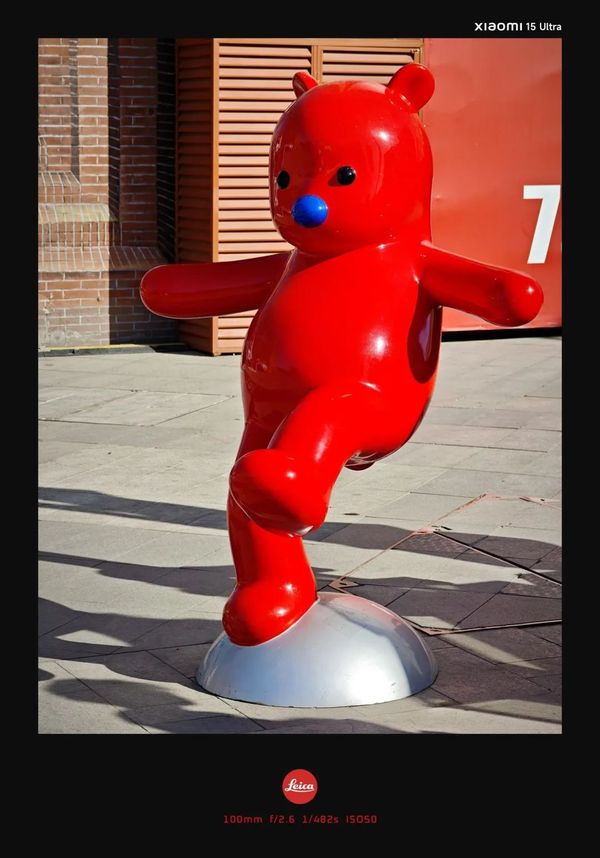
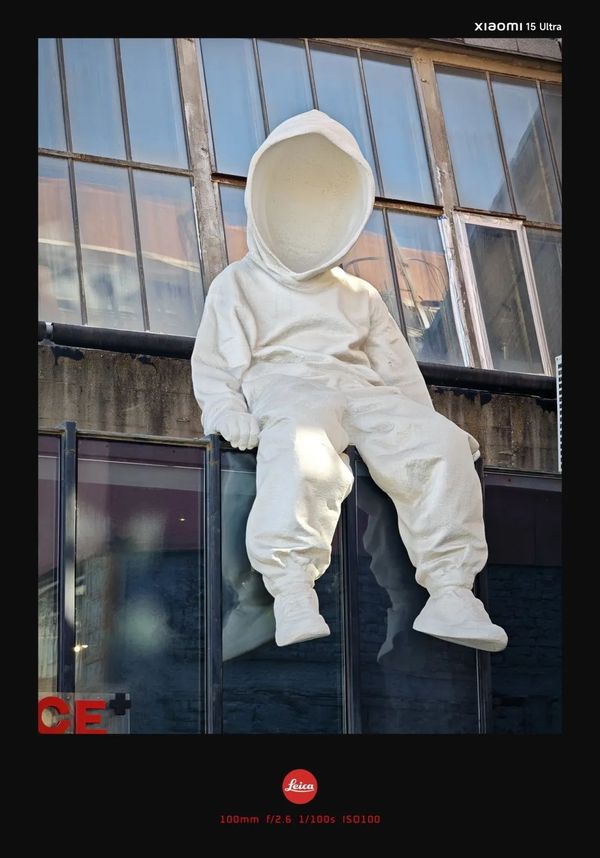
 The biggest advantage of 200 million pixels is the ability to record richer image information, so even when the picture details are magnified several times, the details can still be clearly seen, making it very convenient for secondary cropping and providing photographers with more freedom in post-production creativity.
The biggest advantage of 200 million pixels is the ability to record richer image information, so even when the picture details are magnified several times, the details can still be clearly seen, making it very convenient for secondary cropping and providing photographers with more freedom in post-production creativity.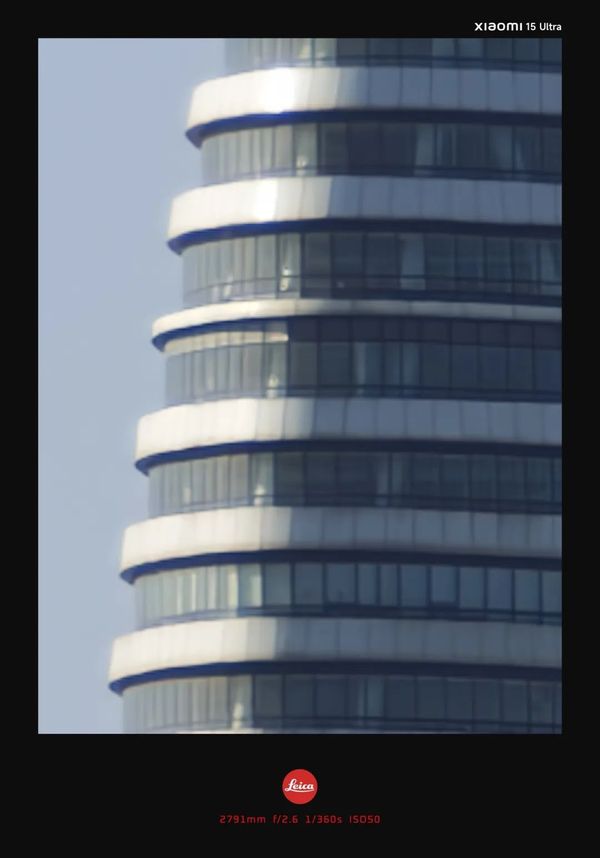 However, it is worth noting that the telephoto lens of the Xiaomi 15 Ultra does not perform satisfactorily in terms of image stabilization, and you still need to have a steady hand when shooting.
However, it is worth noting that the telephoto lens of the Xiaomi 15 Ultra does not perform satisfactorily in terms of image stabilization, and you still need to have a steady hand when shooting.
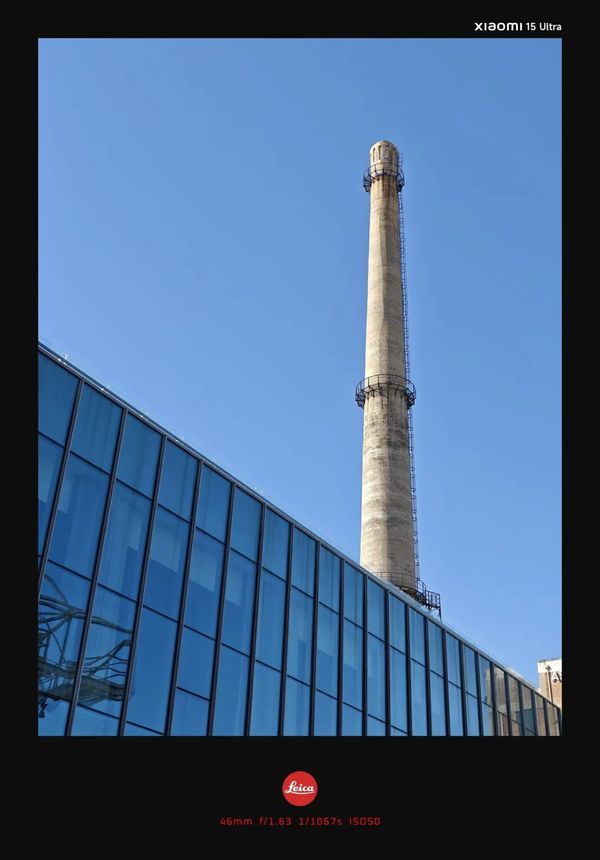 This time, the camera UI is more concise compared to before, making it easier to use. Swiping up calls out more photo-taking functions, and clicking the arrow at the top of the camera interface leads to advanced settings. The operational logic is clearer, and there have been significant changes to the street photography page, with the fonts for various focal lengths now in red. Additionally, you can customize the shutter style, giving it a stronger camera feel. The viewfinder uses a gray line design, allowing you to see elements outside the frame during preview, which makes composition more convenient. It still requires some getting used to when using it for the first time.
This time, the camera UI is more concise compared to before, making it easier to use. Swiping up calls out more photo-taking functions, and clicking the arrow at the top of the camera interface leads to advanced settings. The operational logic is clearer, and there have been significant changes to the street photography page, with the fonts for various focal lengths now in red. Additionally, you can customize the shutter style, giving it a stronger camera feel. The viewfinder uses a gray line design, allowing you to see elements outside the frame during preview, which makes composition more convenient. It still requires some getting used to when using it for the first time.Appearance: continue fine-tuning, considerable controversy
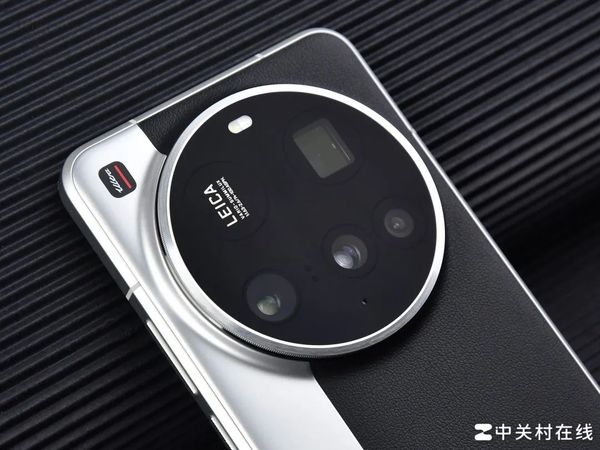
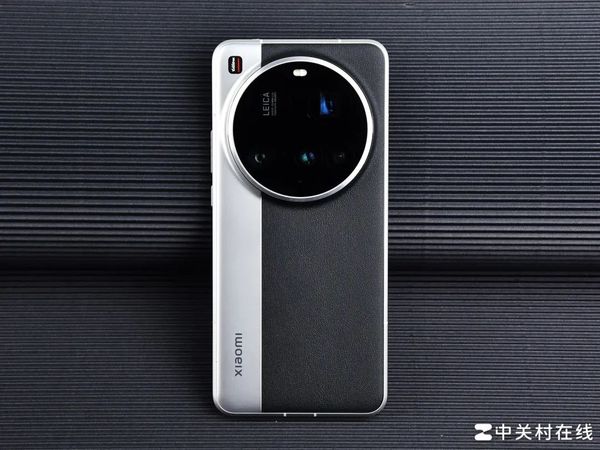 In terms of the screen, the Xiaomi 15 Ultra features a full equal-depth slightly curved screen, with consistent curvature on all four sides, combined with FIAA wiring technology, effectivelycompressionborder width, achieving visually equal narrowness on all four sides and alignment with the screen's R corners, combining the elegant curves of a curved screen with the visual enjoyment of a flat screen.
In terms of the screen, the Xiaomi 15 Ultra features a full equal-depth slightly curved screen, with consistent curvature on all four sides, combined with FIAA wiring technology, effectivelycompressionborder width, achieving visually equal narrowness on all four sides and alignment with the screen's R corners, combining the elegant curves of a curved screen with the visual enjoyment of a flat screen.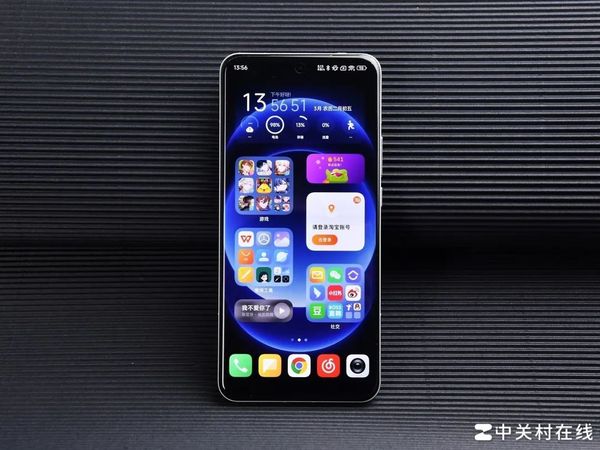 The top design is simple and brisk, with the infrared function integrated into the camera deco, demonstrating the high level of integration brought about by advanced craftsmanship. Additionally, the overall center of gravity of the Xiaomi 15 Ultra is more centrally positioned, so it does not give a top-heavy feeling.
The top design is simple and brisk, with the infrared function integrated into the camera deco, demonstrating the high level of integration brought about by advanced craftsmanship. Additionally, the overall center of gravity of the Xiaomi 15 Ultra is more centrally positioned, so it does not give a top-heavy feeling.Performance: Image Priority, Inevitable Compromises
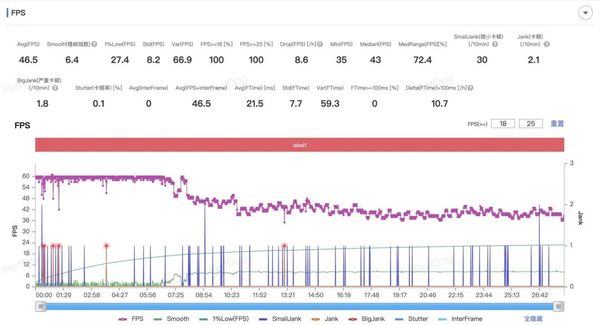 In "Honkai: Star Rail," with high-quality graphics and 60 fps enabled, the Xiaomi 15 Ultra maintained an average frame rate of 46.5 fps during a 30-minute gameplay session. It was able to maintain near full frames for the first 6 minutes, then gradually decreased to around 40 fps. However, the decline was relatively smooth, and the subjective smoothness was not significantly affected.
In "Honkai: Star Rail," with high-quality graphics and 60 fps enabled, the Xiaomi 15 Ultra maintained an average frame rate of 46.5 fps during a 30-minute gameplay session. It was able to maintain near full frames for the first 6 minutes, then gradually decreased to around 40 fps. However, the decline was relatively smooth, and the subjective smoothness was not significantly affected.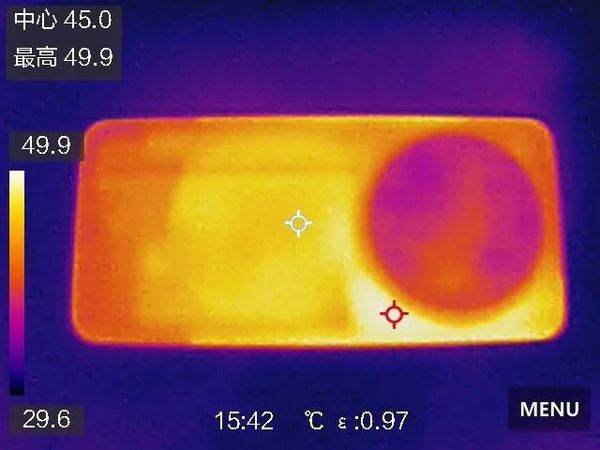
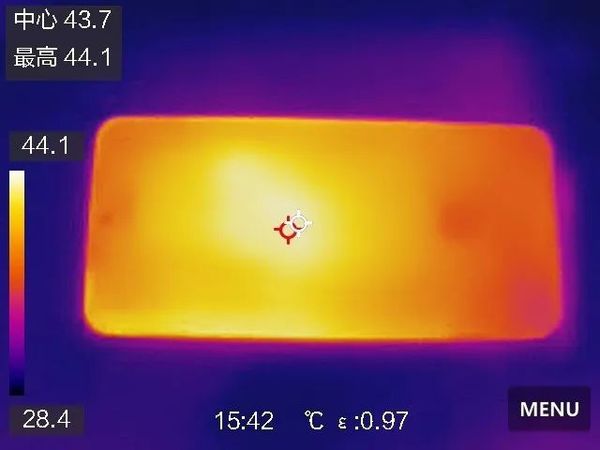
![]()
Endurance: the first echelon of flagship
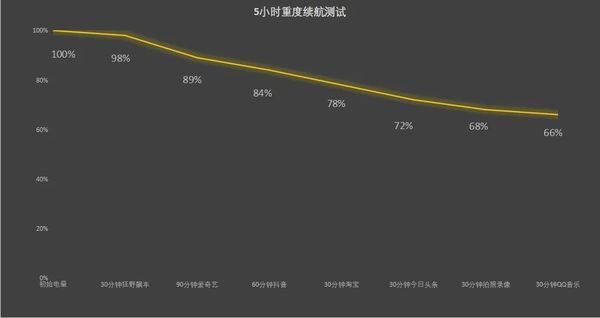 In terms of charging, the Xiaomi 15 Ultra can be charged to 32% in the first ten minutes, 82% in half an hour, and fully charged in 45 minutes.
In terms of charging, the Xiaomi 15 Ultra can be charged to 32% in the first ten minutes, 82% in half an hour, and fully charged in 45 minutes.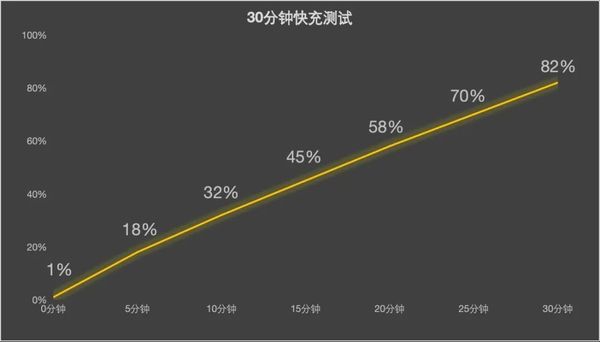
【Copyright and Disclaimer】The above information is collected and organized by PlastMatch. The copyright belongs to the original author. This article is reprinted for the purpose of providing more information, and it does not imply that PlastMatch endorses the views expressed in the article or guarantees its accuracy. If there are any errors in the source attribution or if your legitimate rights have been infringed, please contact us, and we will promptly correct or remove the content. If other media, websites, or individuals use the aforementioned content, they must clearly indicate the original source and origin of the work and assume legal responsibility on their own.
Most Popular
-

List Released! Mexico Announces 50% Tariff On 1,371 China Product Categories
-

Nissan Cuts Production of New Leaf EV in Half Due to Battery Shortage
-

New Breakthrough in Domestic Adiponitrile! Observing the Rise of China's Nylon Industry Chain from Tianchen Qixiang's Production
-

Dow, Wanhua, Huntsman Intensively Raise Prices! Who Controls the Global MDI Prices?
-

Mexico officially imposes tariffs on 1,400 chinese products, with rates up to 50%






